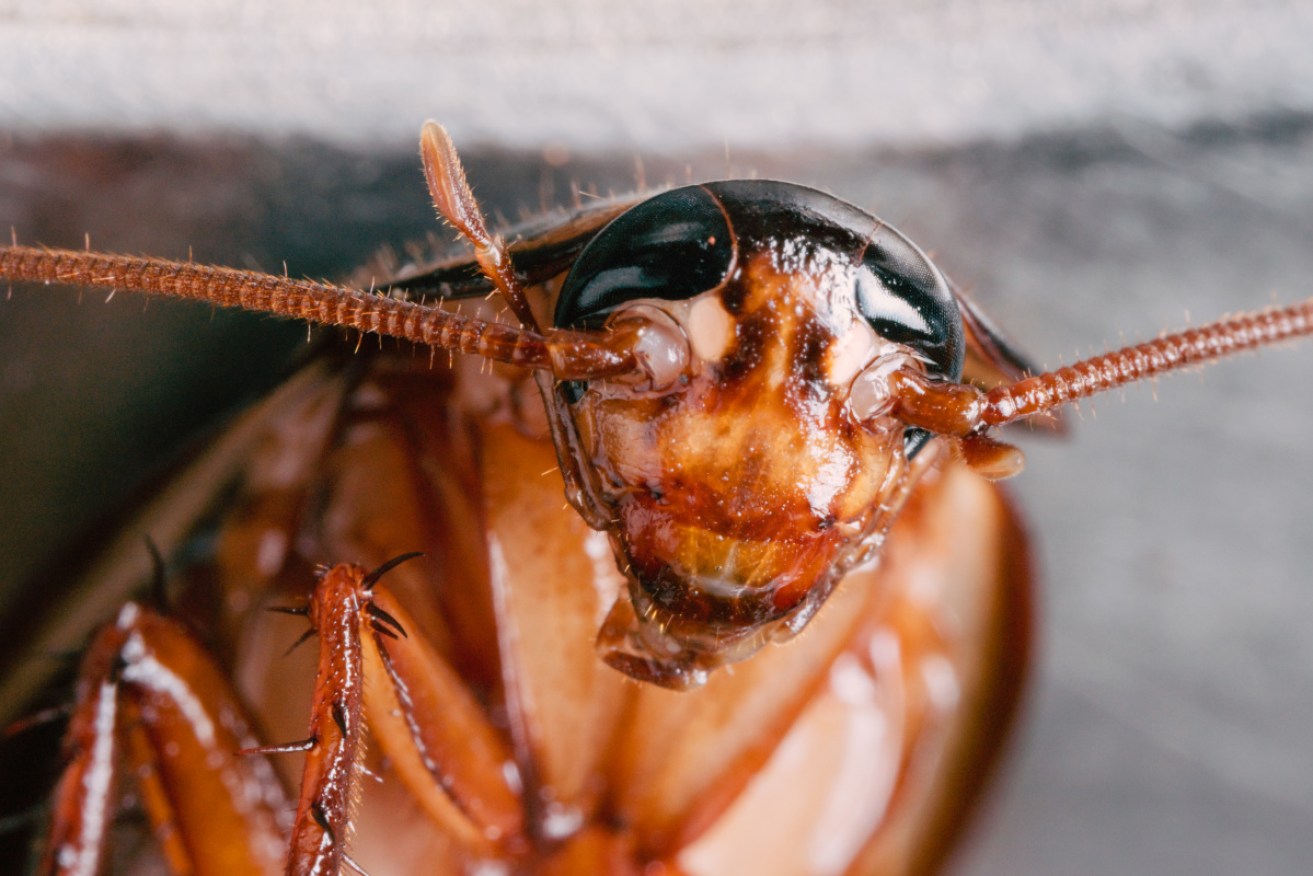Just what we need: Invasion of the cockroach robots


Trapped underground and a cockroach is coming your way. It's there to either rescue you or eat you. Photo: Getty
It’s said that hardy-as-hell cockroaches will inherit the world when everything else dies.
They’re certainly hard to kill when taking over your pantry.
So perhaps it makes sense that US researchers, when looking to build a small invincible robot, would draw on cockroach features.
This was the thinking of University of California, Berkeley, scientists when they designed a scurrying bug-like rescue robot that gets into the tiniest spaces – and cheats death even when stepped upon.
“Most of the robots at this particular small scale are very fragile. If you step on them, you pretty much destroy the robot,” said Liwei Lin, a professor of mechanical engineering at UC Berkeley and senior author of a study that describes the robot.
“We found that if we put weight on our robot, it still more or less functions.”
According to a statement from the university, the roach-like robot is built of a layered material that bends and straightens when AC voltage is applied, causing it to spring forward in a leap-frogging motion.
How did they do it?
The robot is about the size of a large postage stamp and is made of a thin sheet of a piezoelectric material called polyvinylidene fluoride (PVDF).
Piezoelectric materials, when zapped with an electric charge, usually expand or contract – but the researchers adapted this mechanism by coating the PVDF in a layer of elastic polymer.
This caused the entire sheet to bend instead.
They then added a front leg so that, as the material bends and straightens under an electric field, the oscillations propel the device forward.
The resulting robot may be simple to look at, “but it has some remarkable abilities,” the scientists boast.
Fast, zippy and strong
It can sail along the ground at a speed of 20 body lengths per second, a rate comparable to that of a cockroach and reported to be the fastest pace among insect-scale robots.
It can zip through tubes, climb small slopes and carry small loads, such as a peanut.
Perhaps most impressively, the robot, which weighs less than one-10th of a gram, can withstand a weight of around 60 kilograms – about the weight of an average human – which is approximately one million times the weight of the robot.
“People may have experienced that, if you step on the cockroach, you may have to grind it up a little bit, otherwise the cockroach may still survive and run away,” Dr Lin said.
“Somebody stepping on our robot is applying an extraordinarily large weight, but it still works, it still functions. So, in that particular sense, it’s very similar to a cockroach.”
A cockroach on the side of goodness
The robot is currently tethered to a thin wire that carries an electric voltage that drives the oscillations.
The team is experimenting with adding a battery so the robot can roam independently.
They are also working to add gas sensors and are improving the design of the robot so it can be steered around obstacles.
All of which makes the roach-bot well suited to exploring the deep-down aftermath of an earthquake and assessing if the environment is safe for humans to enter.
Of course, if it develops AI capability, it’ll be like living, breathing, greasy cockroaches – and do whatever the hell it wants.








